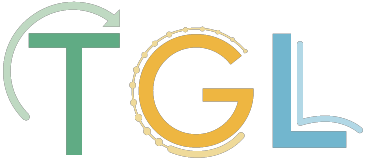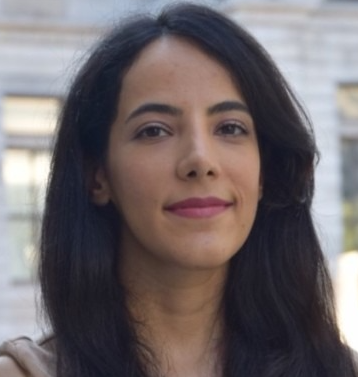




 Abstract
Abstract


 Abstract
Abstract



 Abstract
Abstract



 Abstract
Abstract

 Abstract
Abstract



 Abstract
Abstract


 Abstract
Abstract

 Abstract
Abstract

 Abstract
Abstract



 Abstract
Abstract


 Abstract
Abstract



 Abstract
Abstract


 Abstract
Abstract


 Abstract
Abstract


 Abstract
Abstract




 Abstract
Abstract

 Abstract
Abstract

 Abstract
Abstract

 Abstract
Abstract




 Abstract
Abstract

 Abstract
Abstract






 Abstract
Abstract


 Abstract
Abstract


 Abstract
Abstract

 Abstract
Abstract


 Abstract
Abstract



 Abstract
Abstract


 Abstract
Abstract
 Abstract
Abstract



 Abstract
Abstract


 Abstract
Abstract


 Abstract
Abstract

 Abstract
Abstract

 Abstract
Abstract



 Abstract
Abstract

 Abstract
Abstract

 Abstract
Abstract

 Abstract
Abstract

 Abstract
Abstract


 Abstract
Abstract


 Abstract
Abstract


 Abstract
Abstract



 Abstract
Abstract



 Abstract
Abstract

 Slidelive video recording from NeurIPS 2022 TGL workshop
Abstract
Slidelive video recording from NeurIPS 2022 TGL workshop
Abstract




 Abstract
Abstract

 Abstract
Abstract

 Abstract
Abstract

Farimah Poursafaei (she/her) is a PostDoc at McGill University and Mila. She conducts research on dynamic graph neural networks, and temporal graphs. She completed her PhD at McGill University in Computer Engineering.
During her PhD, she was working on anomaly detection on cryptocurrency transactions networks. She served as the Reviewing Chair in Temporal Graph Learning Workshop @ NeurIPS 2022.
Website, Google Scholar, Linkedin

Julia Gastinger (she/her) is a research scientist in the AI Innovations group at NEC Laboratories Europe and a Ph.D. student at Mannheim University, supervised by Professor Heiner Stuckenschmidt.
Her research primarily focuses on graph-based Machine Learning – she is interested in how to incorporate the time aspect in knowledge graph representations.
Prior to joining NEC Laboratories Europe, Julia graduated with a master’s degree from Stuttgart University, where she studied Engineering Cybernetics with a focus on Autonomous Systems and Control Theory.
Google Scholar, LinkedIn, Nec Laboratories
Most Recent Publication: On the Evaluation of Methods for Temporal Knowledge Graph Forecasting

Shenyang Huang (he/him) is a PhD student at McGill University and Mila, focusing on temporal graph learning (supervised by Prof. Reihaneh Rabbany and Prof. Guillaume Rabusseau).
He is interested in representation learning on temporal graphs, anomaly detection and graph representation learning. He was the Organization Chair for the Temporal Graph Learning Workshop @ NeurIPS 2022.
His previous research includes change point detection on temporal graphs, COVID-19 disease modeling with temporal contact graphs and link prediction on temporal graphs. He also enjoys writing medium blog posts about temporal graph learning.
Website, Google Scholar, Twitter, Linkedin